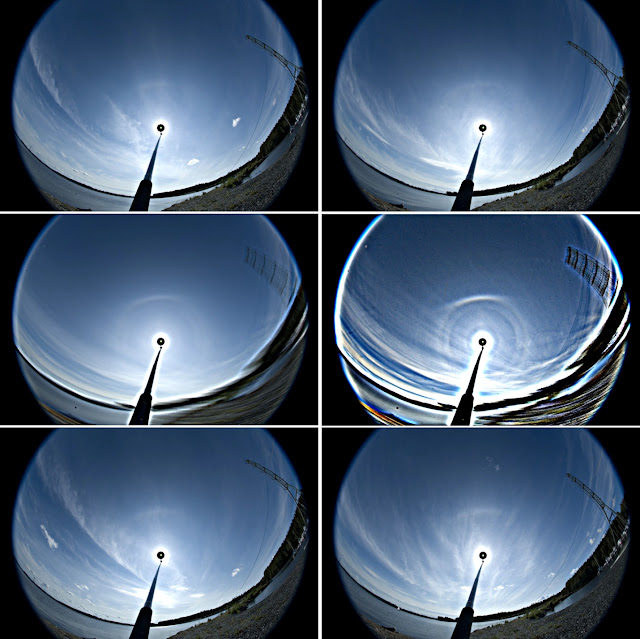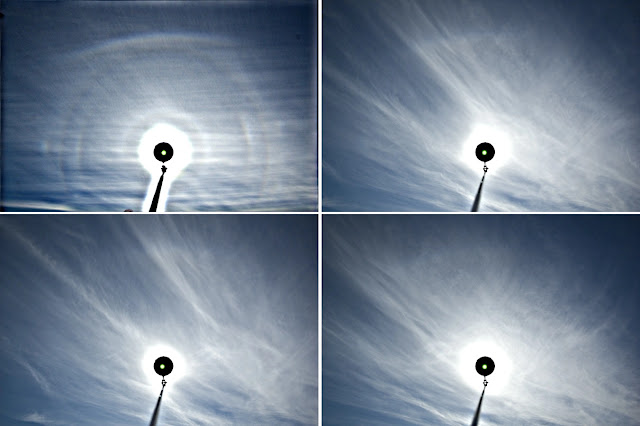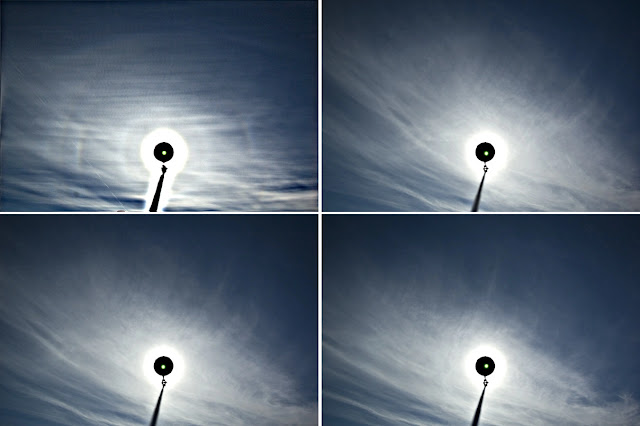The halo observation by C. W. Hissink 28 June 1901 in Netherland's Zutfen is generally regarded as containing an elliptical halo, and would be thus the second historical record of these rare phomena (the observation is in 1901 Onweders). But could there be a possibility that Hissink did not actually see an elliptical halo, but rather a pyramidal crystal formed 9 ° column arc, which is an equally rare sight? Hissink measured the halo with an octant and gives 10.5 degree vertical and 7.5 degree horizontal measure for the halo, but it does not say whether these are diameter or radius values. If the former was true, then it would be definitely an ellipse, which are rather small, but in the latter case it would more likely be a 9° column arc.
° column arc, which is an equally rare sight? Hissink measured the halo with an octant and gives 10.5 degree vertical and 7.5 degree horizontal measure for the halo, but it does not say whether these are diameter or radius values. If the former was true, then it would be definitely an ellipse, which are rather small, but in the latter case it would more likely be a 9° column arc.

In the account of the obseravation it is mentioned that the ellipse formed in a lower Ci cloud than the rest of the display (as far as I can understand the text). Elliptical halos never form in high clouds, but rather in middle or low level clouds, typically in the Altocumulus virga. This piece of information would be thus consistent with elliptical halo explanation if we assume there were both high clouds and Ac formed middle level cirrus clouds simultaneously in the sky. Such occurrences of elliptical halos with normal halos have been already photographed at least by Jukka Ruoskanen (the simulations and crystal figures above are made with his HaloPoint software). But then again we have a photographed case by Konstantin Bespalov, where sharply cut segments of odd radius halos with 9° column arc are seen, thus formed in a separate crystal material from the rest of the display (although not separate cloud is really visible). Also the observation of 9° column arc by Martti Perälä in Lapua, Finland, on 27 April 1988 (third image), has a strong resemblance with Hissink's observation. It is identified as "Hissink's halo" in the report, but the estimated 10 and 8 degrees vertical and horizontal sun distances clearly class it as 9° column arc. The sun is at 35-38 degrees elevation, which makes the 9° column arc more elliptical than in Hissink's observation, where the sun was at 47.5 degrees.

Conclusions on the Hissink's observation? Can not really come to any, there is not enough information. Knowing whether it was the diameter or sun distance would give straight answer. Also any piece of additional information about the cloud situation might prove useful, for example if there was a mention of Altocumulus clouds in the sky. If Hissink's halo was indeed a 9° column arc, it would rank again as the second historical record if this halo. There is an earlier display from 5 September 1899, which possibly had a 9° column arc on the other side of the sun, as shown by the fourth image above. But as the display is one sided, one could equally argue that it is just a segment of 9° halo. If, however, it was 9° column arc, Hissink would still get the glory, as he made also this observation.

Afterthought 24 February. The innermost halo lasted 20 minutes. That is long time for an elliptical halo and even longer when we consider that there were simultaneously also halos from normal prismatic crystals. Yeah, if I had to bet, I would definitely go for the 9° column arc now.
Originally published in Submoon




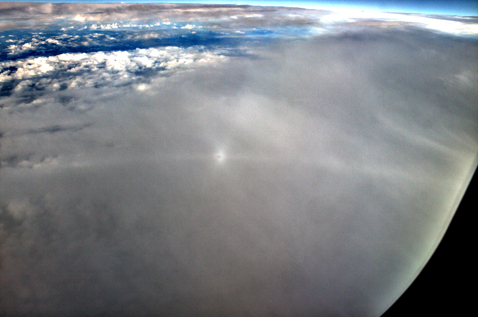
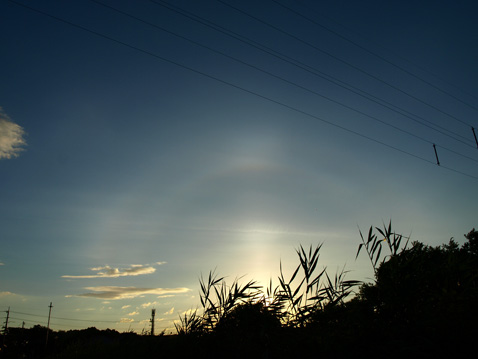
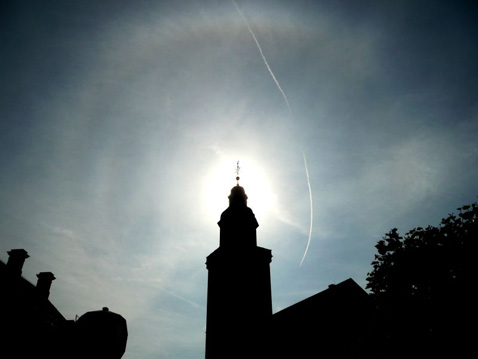
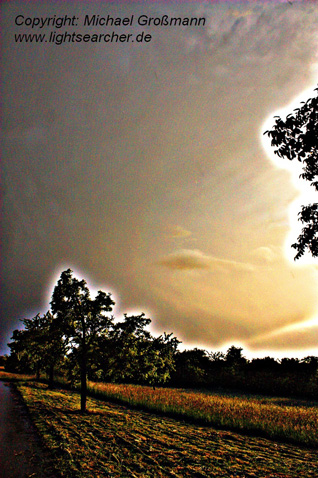
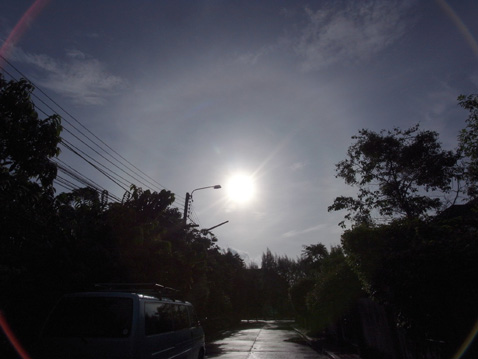
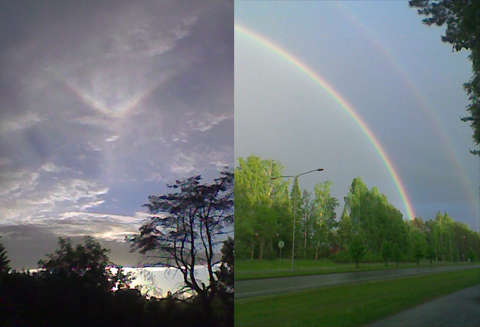
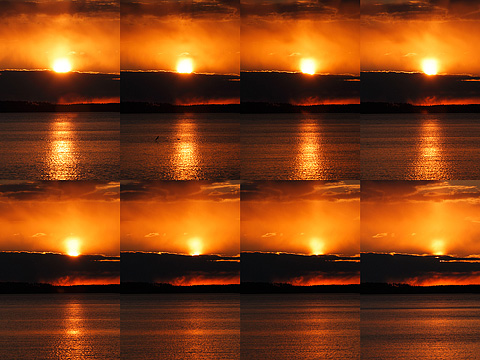
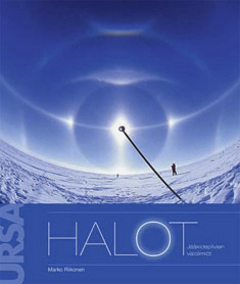
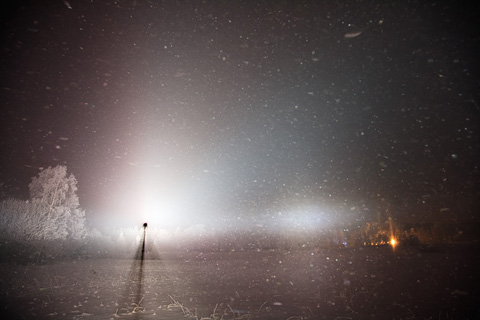












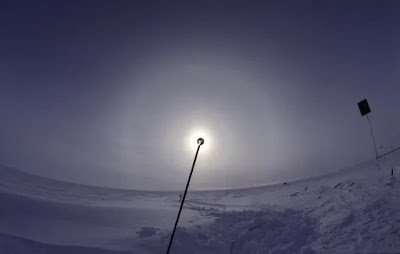










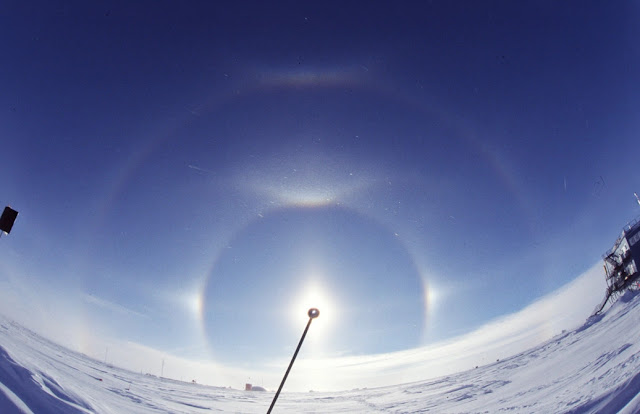





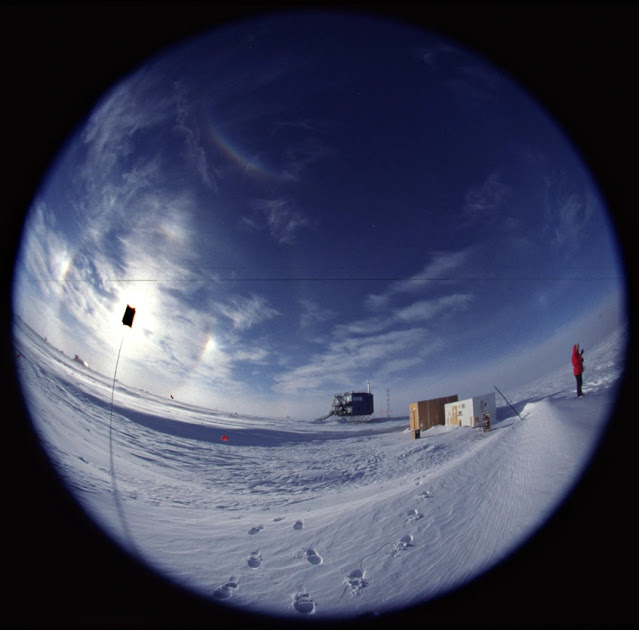


 ° column arc, which is an equally rare sight? Hissink measured the halo with an octant and gives 10.5 degree vertical and 7.5 degree horizontal measure for the halo, but it does not say whether these are diameter or radius values. If the former was true, then it would be definitely an ellipse, which are rather small, but in the latter case it would more likely be a 9° column arc.
° column arc, which is an equally rare sight? Hissink measured the halo with an octant and gives 10.5 degree vertical and 7.5 degree horizontal measure for the halo, but it does not say whether these are diameter or radius values. If the former was true, then it would be definitely an ellipse, which are rather small, but in the latter case it would more likely be a 9° column arc.









